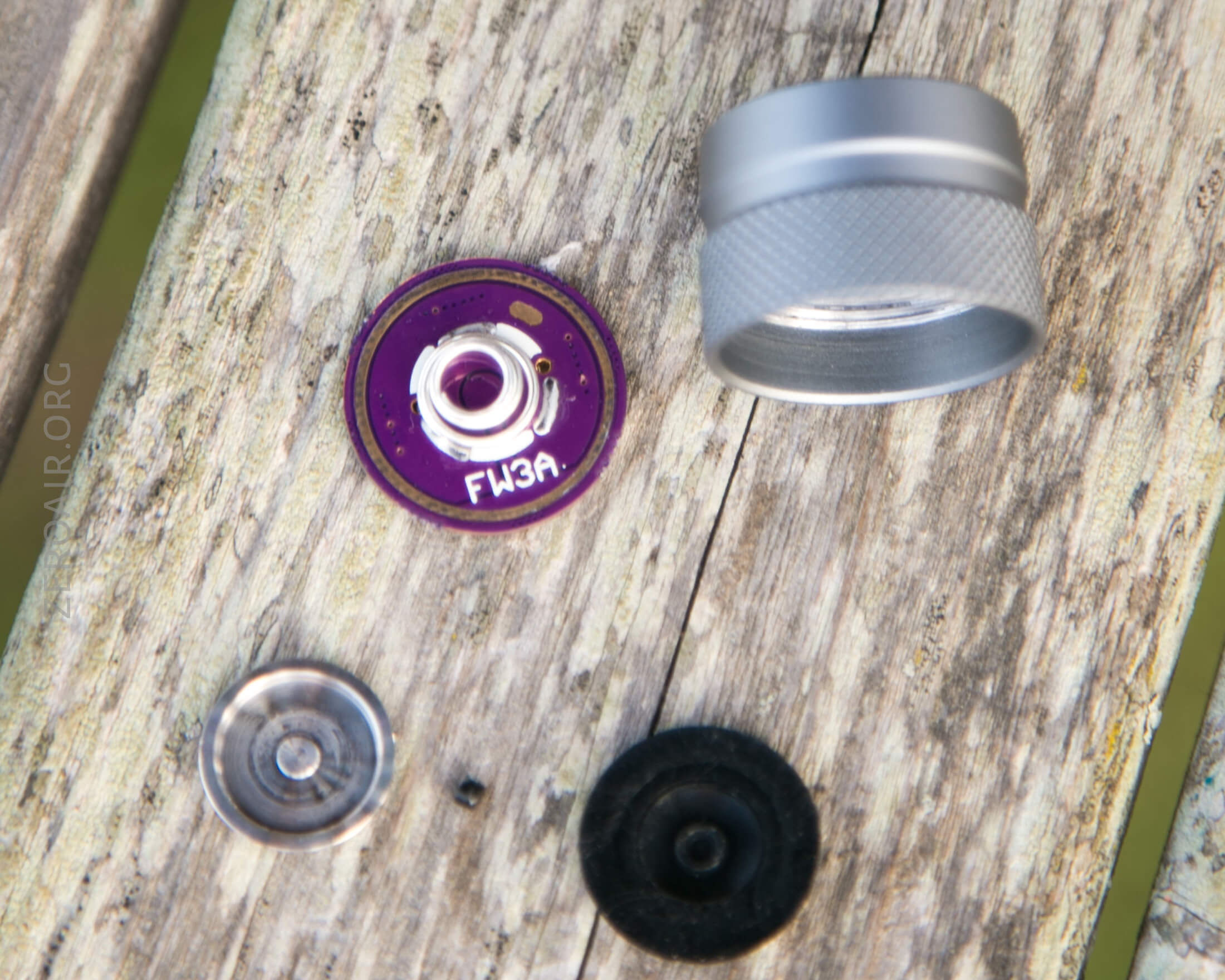My FW3A arrived about a week ago. It was a fantastic light and worked perfectly until tonight. I turned it on to a fairly low setting, and immediately dropped it. Fall distance was about 3 feet onto a linoleum floor. As soon as it hit, it ramped up to what I can only guess is higher than the normal max. I picked it up and tried to turn it off, but the switch did nothing so I unscrewed the head of the light. Every time i reconnected the head, the light immediately ramped to max. I finally got it to stay off, and it appeared to work normally when I played with it. I put the light down and walked away. I came back into the room about 10 minutes later, and the light had turned itself on again to what looked like higher than max. I tied to grab it, but it burned the hell out of me as soon as I touched it (2nd degree) . I had to use pot holders to pick it up, and the switch would not turn it off. I dunked it in cold water until I could disconnect the head again. After it cooled down, I removed the head and optic and took a look. It appears that it got hot enough to partially melt two of the LEDs off of the board. One is fine, one flickers, and the third is completely dead.
So, I guess my question is how do I fix this, and how do I prevent this from happening again? I absolutely love the light, but if it can’t take a three foot fall without becoming really dangerous then it seems pretty useless.
